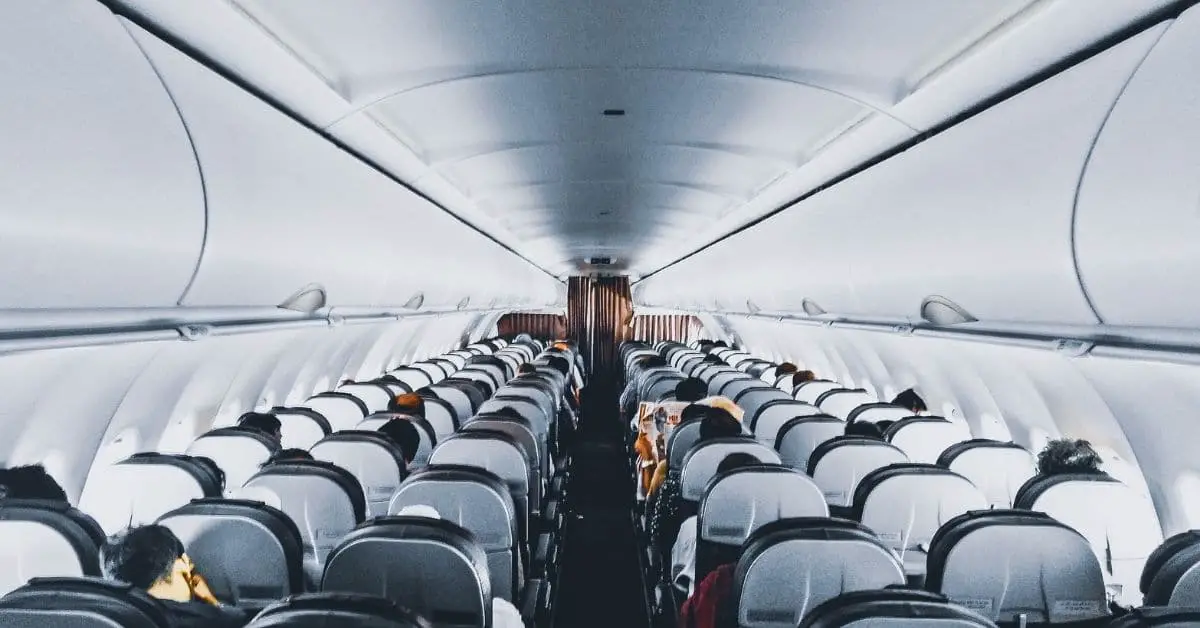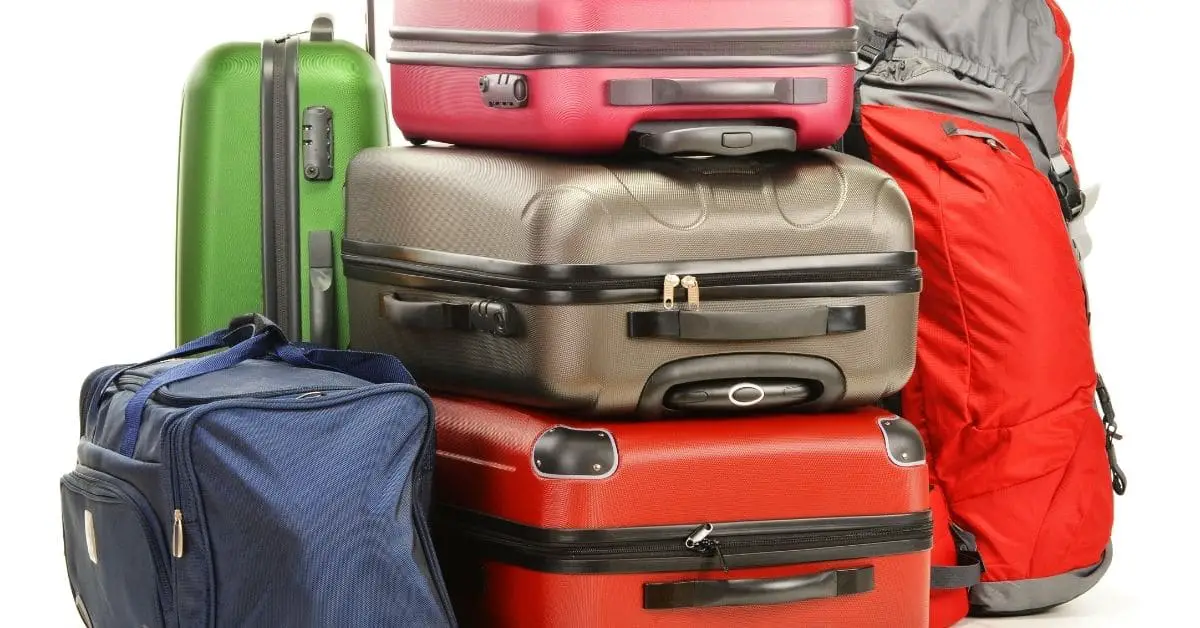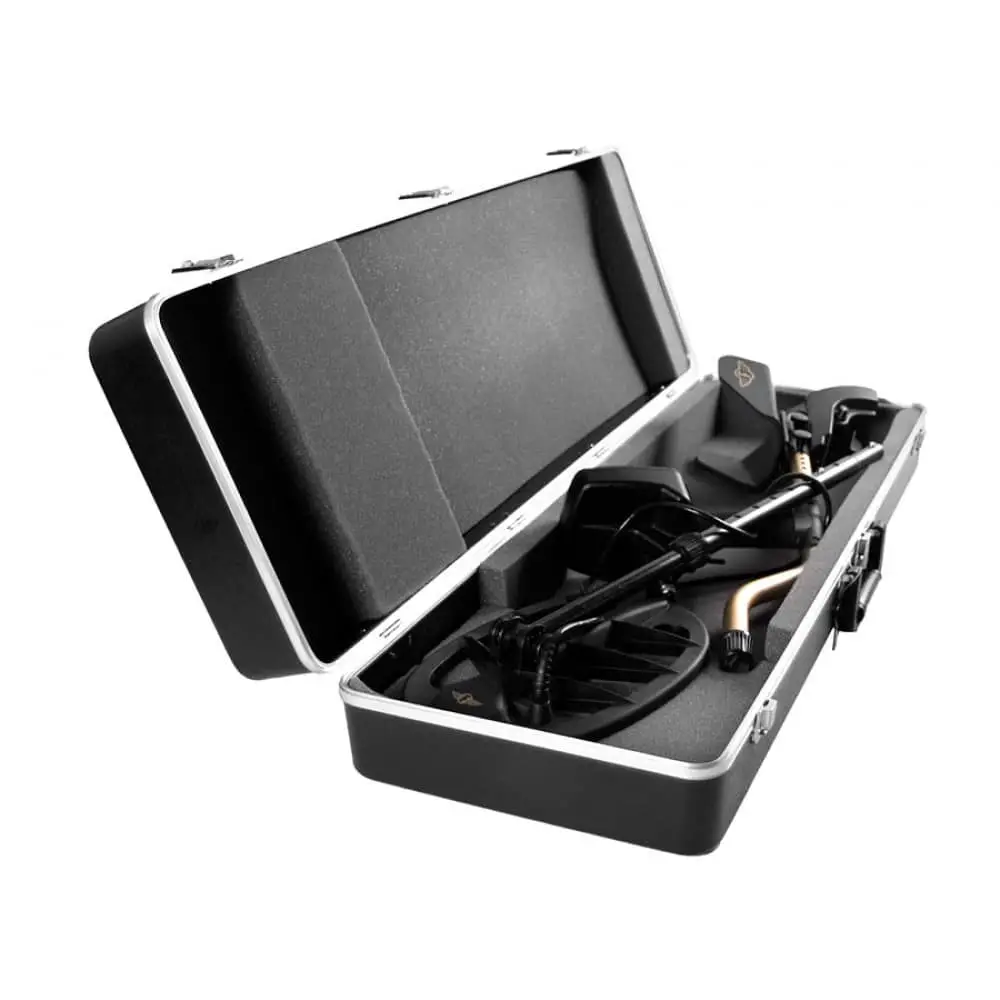You’re ready to explore new metal detecting adventures in a new state or country. You want to fly there to maximize your time in the area. But, can you take your metal detector with you on the airplane? And if you can, are there rules and regulations around how you can safely carry it?
You can take your metal detector with you when you travel if you carefully pack it and follow protocols for security, such as transporting it as checked baggage when you are flying.
This article covers the best ways to pack and carry your metal detector when traveling, including how to ensure it safely arrives when you do if you’re flying (or taking a train.) Read on to find out how to pack your metal detector for travel as well as additional tips, such as what to include in a basic metal detector travel toolkit.
Metal Detector Parts – Quick Overview
Before going into details on traveling with your metal detector, here’s a quick overview of how we’ll refer to the components:
- Search coil: Detects metal objects and is connected to the control box by wiring around the shaft (unless it’s wireless, which some detectors are.)
- Shaft (or handle): Connects the coil and the control box.
- Control box: This is the heart of the metal detector – all components dealing with signal processing, audio, display, and batteries are housed here.
- Grip and arm cuff: Enable you to hold and swing the metal detector across the surface area of interest.
Metal detectors work by applying a pulsed current to the search coil which produces a magnetic field. Moving the magnetic field from the coil-over metal causes electric currents in the object, which in turn generates an opposite current in the coil. This interaction causes a signal (audio, visual) that indicates the presence of metal.
Although there are just a few components to a metal detector, damage to any one of them means that either your metal detector won’t work or will be difficult to use. Keeping your metal detector components remaining safe during travel, especially when checked baggage is handled, will help ensure your metal detector works after arriving at your destination.
Are Metal Detectors Allowed on Airplanes?

The most common travel question is whether or not you can take your metal detector with you when traveling by plane.
Yes, you can. Commercial airlines allow hobby metal detectors as checked baggage. (And probably the same holds if you’re flying by private jet…) (Just keep in mind that while countries allow metal detectors across borders, not all countries allow metal detecting – so be sure wherever you’re headed, does.)
The official TSA word for what’s allowed in carry-on and checked baggage is “check with Airline.” The TSA website also notes that “the final decision rests with the TSA officer on whether an item is allowed through the checkpoint.”
How to Travel by Air with Your Metal Detector
Many of the following suggestions can be applied to traveling in general with your metal detector, so keep that in mind as you read through these.
This list was compiled from several popular online metal detecting resources. We’ve compiled a list of these sites for you towards the end of this article.
Prepare for Travel Before You Pack
Here’s what you should prepare for traveling:
- Consult with your airline first – review their policy online and then call them to confirm that it’s acceptable for your metal detector to go as checked baggage. (And what parts can be carried on.)
- Confirm with the airline how they prefer for you to pack batteries and include them with your carry-on luggage. (More on this in a later section.)
- If possible, get your airline’s approval in writing – for example, a printed email message from the airline that you can show to the TSA/security agent.
- Provide proof that you own the metal detector (and that this device is a metal detector.) For example, carry the receipt of sale.
- Find your metal detector’s owner’s manual. You’ll want to pack that in your carry-on. A picture is worth a thousand words, especially if you only speak English. (An alternative is to make copies of the owner’s manual page showing your metal detector, you’ll include these copies in both carry-on and checked bags.)
- Get luggage tags – always provide your identifying information both inside and outside both carry-on and checked baggage (just in case your bag is opened by security.)
- Take a photo of your metal detector, assembled, and packed. Photo documentation will be helpful if your metal detector is damaged during travel. (Also take photos of the carrier’s luggage tags once you have them.)
Packing Your Metal Detector

Once you’ve confirmed how your airline (or other transport modes) will accept your metal detector, dismantle it into its components. For example:
- Remove electronics from the handle assembly
- Remove coils from handles
- Break down the handle into sections.
Pack both carry-on and checked baggage (more information shortly on using hard cases.)
Carry-on Bag Contents for Your Metal Detector
Here’s how to pack carry-on bags:
- Sensitive electronic components – wrap these items in bubble wrap or a towel.
- Pack batteries separately in the carry-on and where you can easily retrieve them in case the flight attendant asks to check them. (Be sure your carry-on baggage meets airline size and weight specifications.)
Now, let’s look at how to pack checked bags.
Checked Bag Contents for Your Metal Detector
Here’s how to pack checked bags:
- This is where a hard case (with wheels) is worth the investment – wrap coil, headphones, handle assembly, and other parts in bubble wrap (or in-between clothing).
- Place these wrapped items in the middle of your bag. (Again, keep in mind airline weight limits for checked baggage.)
- The more carefully you wrap and pack metal detector items in your checked luggage, the safer they’ll be during loading, flight, and unloading.
Remember, if you’re asked to describe why you’re carrying a metal detector, try not to say you look for treasure, lost valuables, etc. – just say you enjoy looking for artifacts as a hobby.
Digging Deeper: Taking a Metal Detector To Mexico: What You Must Know!
Examples of Airline Protocols for Metal Detectors
All airlines have regulations for carry-on and checked baggage.
According to the International Air Transport Association (IATA), “carry-on baggage should have a maximum length of 22 in (56 cm), a width of 18 in (45 cm) and depth of 10 in (25 cm). These dimensions include wheels, handles, side pockets, etc.” IATA notes that airlines may enforce weight limits for carry-ons – usually 11LBS.
Also, per IATA, checked baggage should weigh less than 50LBS with a maximum weight of 70LBS. And measure no more than 62 inches (calculated by adding height, width, and length together.)
If your trip involves multiple airlines, be sure and check the protocols for each one. Here are two links to domestic and international carrier protocols as examples.
- Southwest: Does not mention whether or not metal detectors are allowed, but if so, they would be included as “special luggage.” Southwest does have very specific protocols about traveling with batteries and electronic devices.
- New Zealand Airlines: Specific guidelines around what you can carry on and check, including lithium batteries.
Now, let’s look at traveling with a metal detector on other means of transportation.
Traveling With a Metal Detector on Other Types of Commercial Transportation
For the most part, other modes of transportation have similar protocols and restrictions on what you can carry on and check. If you’re traveling by train or bus, keep in mind that any carry-on items for your metal detector must also fit in overhead bins or under your seat.
Taking Metal Detectors on Trains

Although Amtrak, for example, doesn’t explicitly say whether or not you can travel with your metal detector, Amtrak is clear about battery types. Also, know that not all stations and trains can accept checked baggage.
It’s likely that metal detectors would be included under “special baggage” with other sporting equipment. The best thing to do is contact Amtrak’s reservations and customer service number (1-800-872-7245) for details.
Taking Metal Detectors on Cruise Lines

If part of your metal detecting travels includes a cruise ship or cabin space on a merchant marine ship, again, the best thing to do is contact the company and ask if metal detectors can be brought on board. If you’re considering taking your metal detector with you on a cruise, here’s a good reference for more details.
An additional word to the wise – while handheld metal detectors (such as Garrett brands) are easy to pack and travel with, remember, they also look a lot like a weapon. When traveling, be sure to pack product documentation with pictures confirming your handheld detector is just that.
Other Useful Suggestions for Traveling with Your Metal Detector
Here are some additional suggestions that can help make traveling with your metal detector easier.
Be Aware of Metal Detector Battery Protocol and Travel
You should remove the batteries from the metal detector control box and search coil (if possible) and pack them as carry-on baggage. To prevent short-circuiting, before packing the batteries cover the ends with electrical tape or put them in plastic Ziploc bags.
Airlines are particular about lithium batteries, so ask before you travel if you can pack them in your carry-on baggage. Again, be sure the batteries are accessible so the flight crew can respond in case something does happen with them.
The same protocols hold for rechargeable batteries – pack them and the charger in your carry-on baggage.
For more on metal detector batteries see this Detect History article.
Use Hard Cases for Your Metal Detector

If you travel frequently, and especially if you fly and check your metal detector, invest in a hard carry case. Ideally, select a case that’s specific to your brand of metal detector.
Here are some examples to help you get started:
Now, let’s look at metal detector repair kits.
Take a Metal Detector Repair Kit With You
Just in case, whether your metal detector is damaged during travel or has issues while you’re using it, it’s a great idea to put together a basic repair kit. Especially if you’re traveling where you may not have access to metal detector parts and repair services.
The majority of your repair kit should fit in a large clear plastic ziplock bag – this makes it easier for TSA or other security personnel to see what you are carrying and why. Here’s a list of items to include, courtesy of Metal Detector Talk:
- Two Lower Rods (different types)
- Tie Wraps: four & eight inch
- Roll of Black Tape
- Pack of Batteries
- Spare Headphones
- Lower Rod Bolts and Bushings
- Two Stainless Arm Cup Bolts
- Multi-Purpose Tool
- Screw Driver (Common & Phillips)
- Knife and Set of Small Allen Wrenches
- Spare Knob and Rubber Seal Lubricate
- Two Rod Stainless Steel Spring Clips”
Sources for Traveling With a Metal Detector
These online sites contain a wealth of additional details on traveling with your metal detector:
Now, let’s move on to the next section.
Digging Deeper: 5 Effective Ways to Improve Your Metal Detector
What Happens if Your Metal Detector is Damaged During Travel?
The carrier (plane, train, etc.) is responsible for providing some level of compensation for items in properly packed luggage (key is “properly packed.”) The Smart Travel site notes that for domestic travel, the Department of Transportation indicates U.S airlines “are liable for up to $3500 in damages on domestic flights.” ($1,780 for international flights.)
Remember the photos you took of your metal detector before your trip? If your metal detector was damaged during travel, take photos of the damaged items and inventory the damage. Be thorough, after you file a claim you won’t be able to amend it. Head to the in-airport (or in-terminal) baggage service office and speak to a representative to begin the claim process.
If you travel by train, you can expect similar policies and procedures. However, check with the specific carrier for details. For example, Amtrak does not accept liability for damage to carry-on items but does provide compensation (within specified limits) for damage occurring to checked baggage.
How to Travel with Your Metal Detector – Summary
This article has provided you with helpful tips and suggestions to help ensure your metal detector components safely arrive at your travel destination. As always, taking time before you travel to carefully document and pack your metal detector will pay off in protecting your metal detector components during travel.
Here’s to enjoying the trip and your metal detecting adventure!